Conradino23
Well-Known Member
I stumbled upon it looking for some useful organic nutrients charts and thought I'd share it.
https://www.plantstogrow.com/Botany/Workshop_notes/Notes/Organic sources of NPK.pdf

https://www.plantstogrow.com/Botany/Workshop_notes/Notes/Organic sources of NPK.pdf




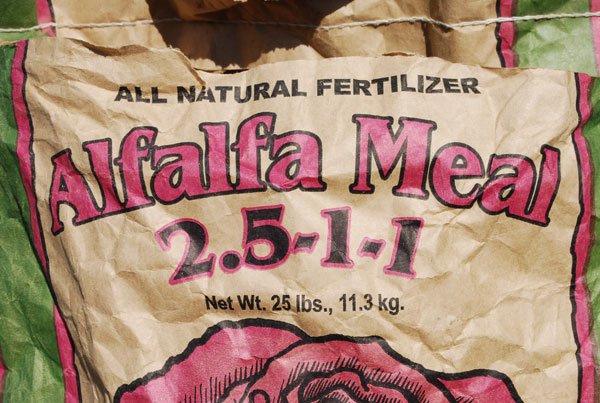
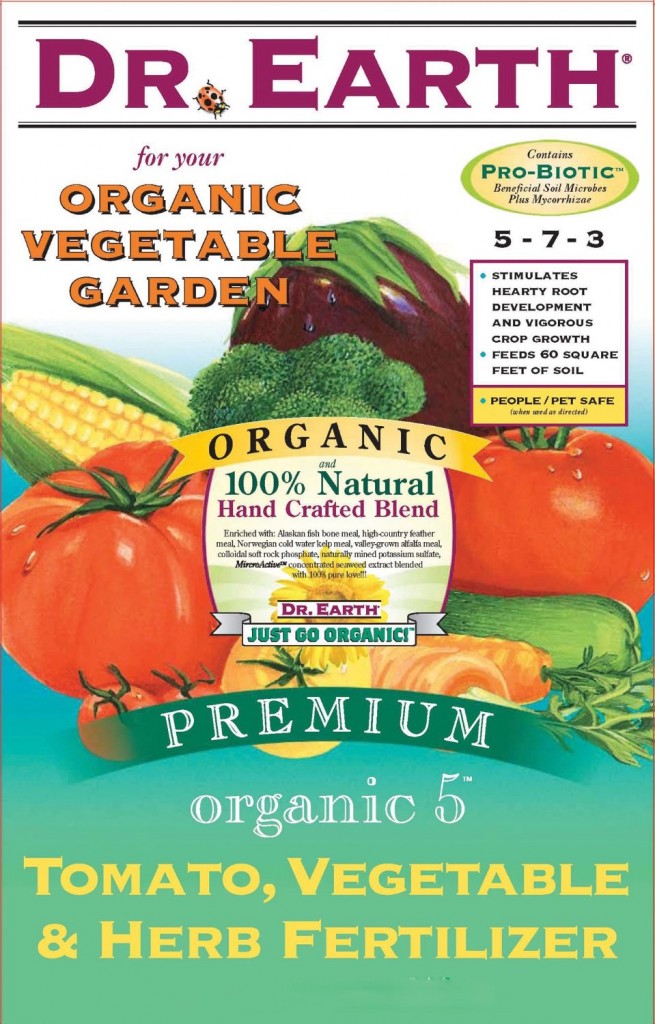
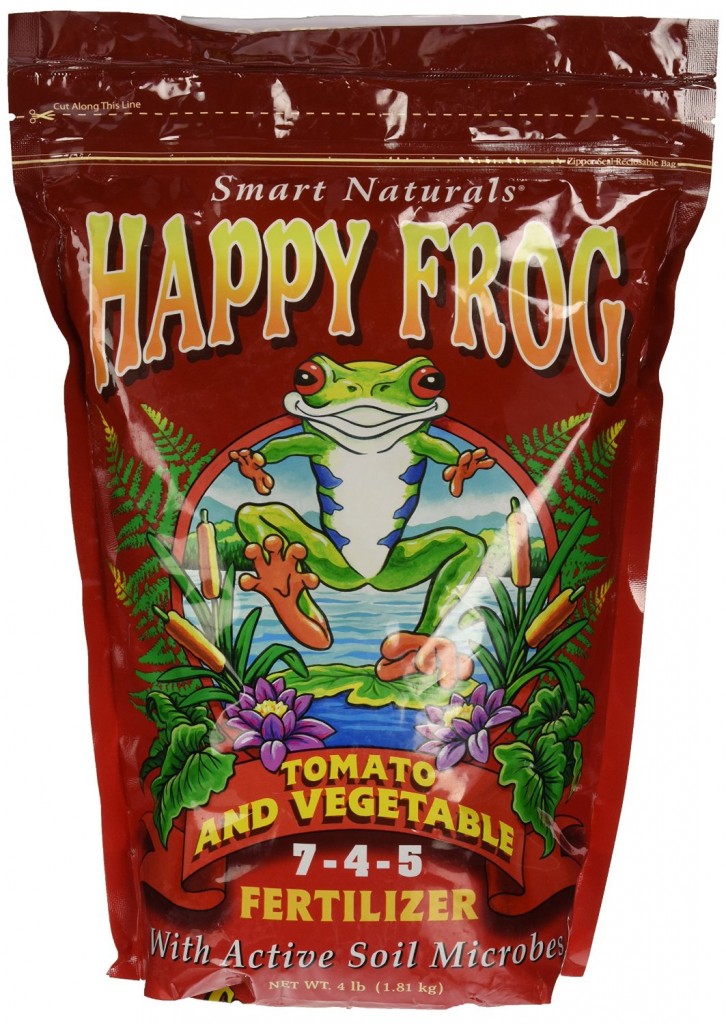
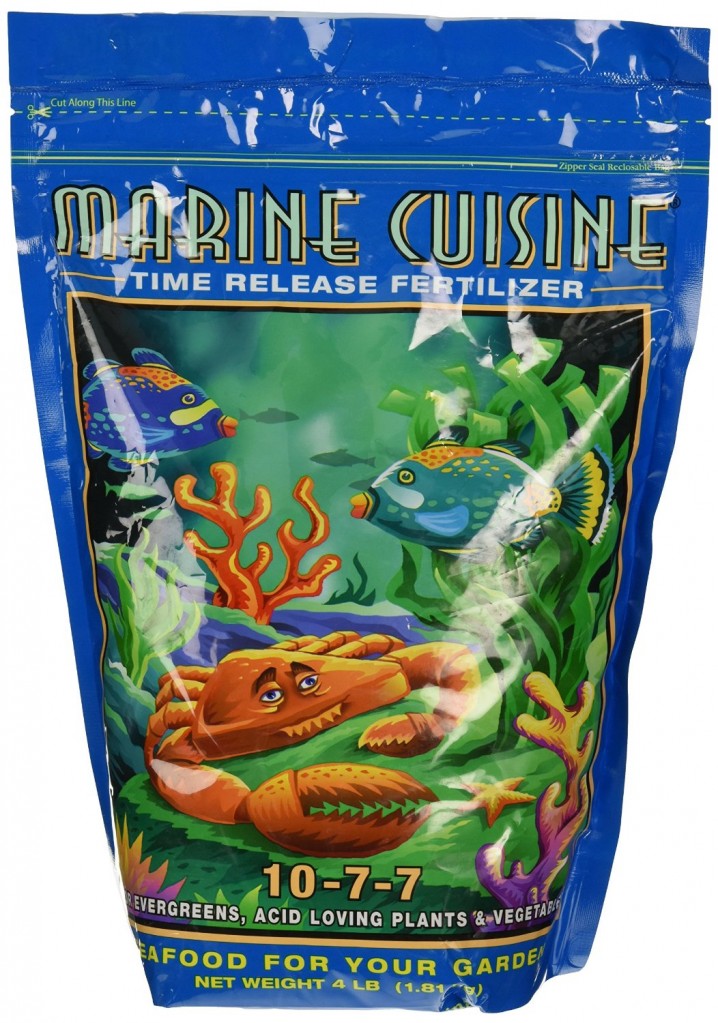
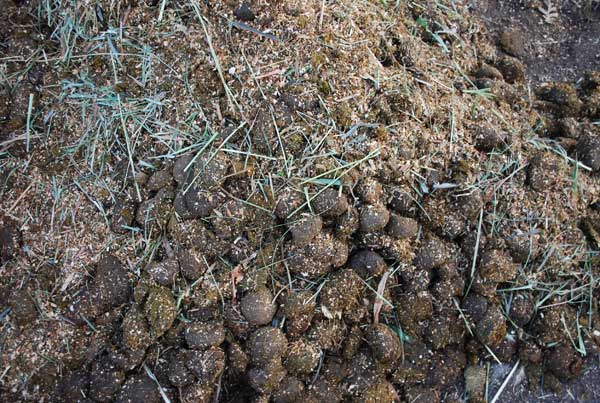
 & Blessings
& Blessings